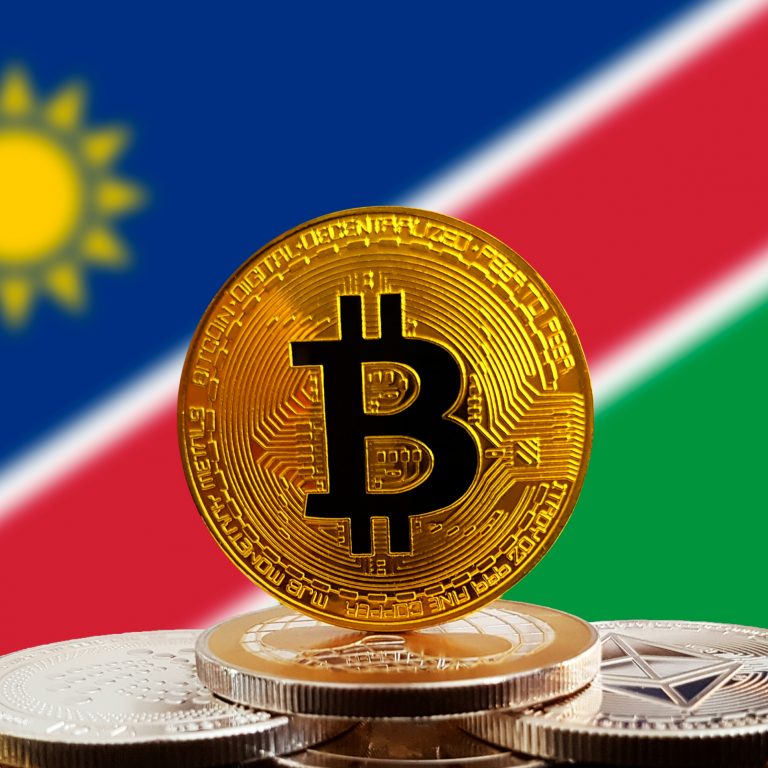
2024-10-23 15:04 |
India is on the brink of a pivotal decision regarding cryptocurrencies as the government deliberates a potential ban on private digital currencies.
The focus is now shifting towards the development of a Central Bank Digital Currency (CBDC) – the digital rupee.
This possible policy shift could reshape India’s digital financial landscape, emphasizing the advantages of a state-backed digital currency over unregulated alternatives.
The growing interest in CBDCs comes amidst concerns over the misuse of cryptocurrencies, prompting a national dialogue on the future of digital transactions in India.
India’s growing focus on CBDCsThe Indian government has yet to make an official declaration, but many policymakers suggest that cryptocurrencies pose significant risks, including the potential for money laundering and market instability.
In contrast, a CBDC like the digital rupee is seen as offering the benefits of digital payments, such as faster transactions and reduced reliance on cash, without the associated security risks.
With the Reserve Bank of India (RBI) steering the digital rupee’s development, the nation’s financial regulators are aiming to provide a regulated and stable digital currency.
In July 2024, Ajay Seth, India’s Secretary of Economic Affairs, highlighted that an inter-ministerial group was working on a comprehensive policy paper on cryptocurrencies.
This team includes representatives from the RBI and the Securities and Exchange Board of India (SEBI).
The expected release of this policy paper in September has been delayed, creating uncertainty about India’s final position.
Should the proposed ban take effect, it could lead to stringent regulations against private cryptocurrencies, solidifying the digital rupee as the country’s primary digital currency option.
RBI’s push for digital rupee targets 1 million transactions by year-endThe RBI has been at the forefront of efforts to promote the retail use of the digital rupee, with the goal of reaching one million daily transactions by December 2024.
Although the current transaction volume is around 18,000 per day, the RBI is working on enhancing the usability of the digital rupee through features like offline transactions.
Plans are also underway to integrate the digital rupee with India’s Unified Payments Interface (UPI), aiming to make digital payments smoother and more accessible for the population.
India’s transition towards the digital rupee reflects its broader ambitions in digital finance.
With more than 5 million users and 16 participating banks, the digital rupee is quickly becoming an integral part of the country’s financial system.
The ongoing efforts to boost user adoption and transaction volume underscore the RBI’s commitment to making the digital rupee a viable alternative to private cryptocurrencies, providing a more stable and regulated digital payment option.
A potential ban on cryptocurrencies in India could mark a significant shift in the country’s financial ecosystem.
For digital currency enthusiasts, the digital rupee offers a regulated alternative that combines the convenience of digital transactions with the oversight of a central authority.
This shift towards CBDCs, while reducing risks like market volatility, may limit the freedom associated with decentralized cryptocurrencies.
The final policy decision, therefore, holds the potential to redefine how India engages with digital currencies, setting a precedent for other emerging markets considering similar moves.
The post Is India planning to ban cryptocurrency? appeared first on Invezz
origin »Digital Rupees (DRS) íà Currencies.ru
|
|


























